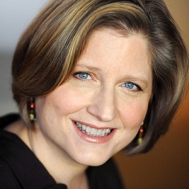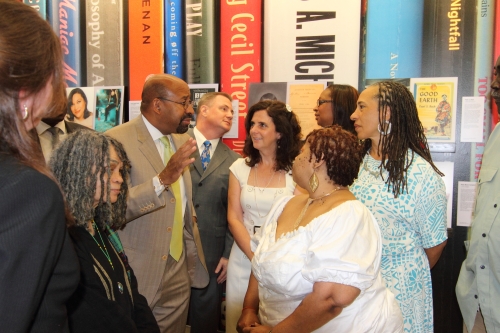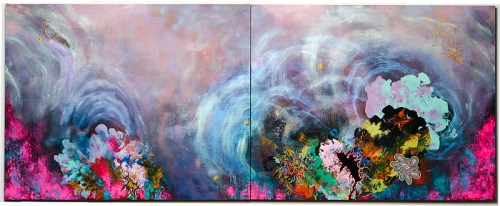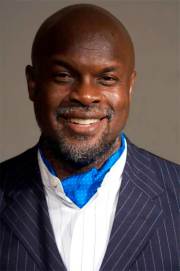 Karen Rile C’80 always dreamed of starting her own literary magazine. The idea just kept pushing its way into her head until finally, in early 2013, she launched Cleaver Magazine with her daughter, Lauren Rile Smith. The mother-daughter team released their new publication’s first full issue in March and a follow-up in June. The third issue of Cleaver is due out Sept. 3. We spoke with Rile, a Penn writing instructor and Gazette contributor, about her experience starting and running a literary magazine.
Karen Rile C’80 always dreamed of starting her own literary magazine. The idea just kept pushing its way into her head until finally, in early 2013, she launched Cleaver Magazine with her daughter, Lauren Rile Smith. The mother-daughter team released their new publication’s first full issue in March and a follow-up in June. The third issue of Cleaver is due out Sept. 3. We spoke with Rile, a Penn writing instructor and Gazette contributor, about her experience starting and running a literary magazine.
What is it that appeals to you about literary magazines, and why did you decide to start your own?
Where is most fiction and poetry being published these days? You get a little bit in places like The Atlantic or The New Yorker, but most of it is really happening in literary magazines. I’ve been interested in literary magazines for many, many years, and I’ve always wanted to have a magazine, but the problems of distributing a print edition were overwhelming. It’s very difficult. But now with the Internet the way it is and the tools that are available, my idea was to start a magazine that was online-only.
How did you land on the name Cleaver?
It was something my daughter came up with years ago and we decided on a whim that we’d use it. ‘Cleave’ is a Janus word: It means both to chop apart but also to stick tight. It’s just a nice little pun. And it’s kind of a joke — what is ‘cutting edge’ anymore? Everything has been done.
What type of work do you publish?
We’re really just interested in good writing and the work we’ve been choosing is pretty eclectic. Some of it seems very experimental, some of it seems very traditional. There’s a lot of variety in what we’re presenting, but our particular taste is work that’s very specific and well-crafted.
How did you spread the word about Cleaver?
I’ve been involved as a writer for many years, so between Lauren and me we have a lot of connections. I also listed it on Duotrope, which is a website where writers can keep track of their submissions. They list hundreds of literary magazines. Immediately submissions started pouring in.
Who are your contributors? I know I spotted at least a few alumni on the list.
We’ve had people from all over the world. When I added it up recently, maybe 12 or 15 percent of the writers are connected to Penn, either as alumni or faculty or current students or staff. That’s partly because I know so many writers at Penn, but also because we feel a real connection to that community.
We publish people who are very established writers and also quite a lot of people who have never published before. We’ve had over a thousand submissions, and I think our acceptance rate is around seven percent.
What’s on the horizon for Cleaver?
We started adding book reviews a couple months ago. Every week I’m putting up maybe two or three of those. I’m also interested in bringing in dramatic writing by publishing monologues as text and including high-quality videos of an actor performing the monologues. That should be a lot of fun and bring in a whole other community.
 The most recent issue of Cleaver is available here, including these contributions by Penn alumni:
The most recent issue of Cleaver is available here, including these contributions by Penn alumni:
Emily Steinberg C’87 FA’87 GFA’91
The Modernist Cabin (art)
Nathaniel Popkin C’91 GCP’95
“The Dig” from Lion and Leopard, The Head & The Hand Press, October 2013 (novel excerpt)
Jamie-Lee Josselyn C’05
“Dispatch from the Cat Show” (essay)
John Carroll C’05
“Journalism” (flash fiction)
Anna Strong C’13
from Aposthropes (poetry)
Anya Lichtenstein C’13
“Beating Ploughshares into iPods” (essay)



















